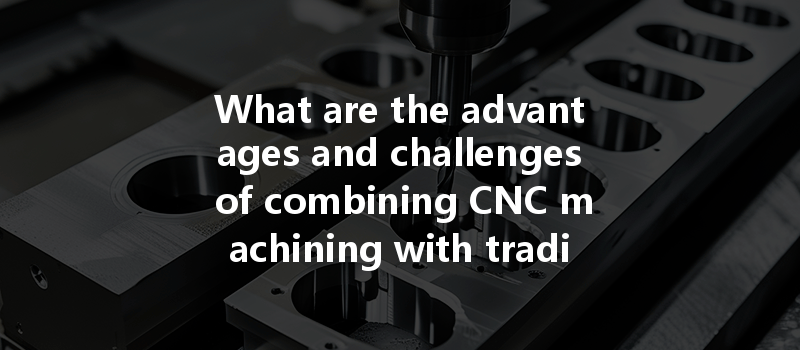*
Did you know that approximately 20% of U.S. manufacturers are already utilizing a combination of Computer Numerical Control (CNC) machining and traditional machining processes to enhance their production capabilities? As we navigate an ever-evolving manufacturing landscape, the synergy between advanced technologies and time-tested methods is more important than ever. This blog will delve into the advantages and challenges of combining CNC machining with traditional machining processes, offering detailed insights and solutions that can significantly improve production efficiency, precision, and overall quality.
Understanding CNC and Traditional Machining
CNC Machining: A Quick Overview
CNC machining involves the use of computer-controlled machines to automate the manufacturing process. This technology allows for high precision, repeatability, and the ability to create complex shapes and designs that would be difficult to achieve with manual processes.
Traditional Machining: The Tried and True Methods
In contrast, traditional machining encompasses various manual machining processes like turning, milling, drilling, and grinding. These methods rely heavily on the skill and expertise of machinists, and while they can be labor-intensive, they often allow for flexibility and adjustments that automated systems might not.
The Advantages of Combining CNC and Traditional Machining
Challenges in Combining CNC and Traditional Machining

Strategies to Overcome Challenges
Real-World Applications of Combined Machining
Case Study: Automotive Industry
In the automotive sector, manufacturers have seen significant improvements by combining CNC machining with traditional processes. By automating repetitive tasks while leveraging craftsmen for bespoke components, companies can innovate quickly while maintaining product quality.
Case Study: Aerospace Sector*
Aerospace parts often require the utmost precision. The combination of CNC machining to create intricate components coupled with traditional methods for finishing has allowed companies to meet stringent safety regulations without compromising on efficiency.
Future Trends in Machining
As the manufacturing industry moves forward, the integration of CNC and traditional machining is expected to deepen, influenced by advances in artificial intelligence, IoT technology, and additive manufacturing. These developments will offer new ways to streamline operations, enhance precision, and reduce costs.
: The Path Forward
In the fast-paced world of manufacturing, the combination of CNC and traditional machining holds immense promise. By embracing the strengths of both methodologies, manufacturers can achieve higher precision, better efficiency, and greater flexibility. However, understanding the challenges and implementing strategic solutions is crucial to making this combination successful.
The insights shared in this blog are not only relevant for manufacturers but serve as a reminder of the importance of adaptability in a rapidly changing landscape. As technology continues to evolve, exploring the fusion of traditional and modern methodologies remains a vital area of focus for any business looking to thrive.
This exploration is just the beginning. We encourage readers to think critically about their own machining processes and the potential advantages that a combined approach could offer. In a world where efficiency and excellence are paramount, the dialogue around the integration of CNC and traditional machining is worth pursuing.






